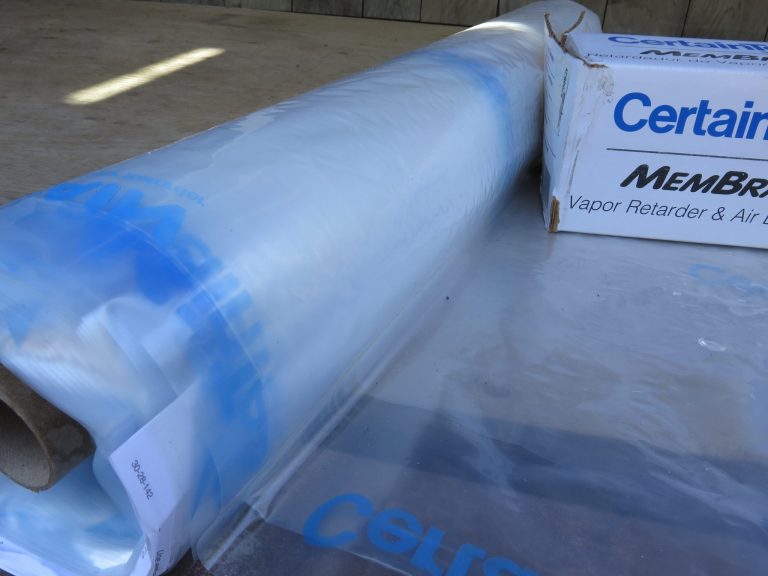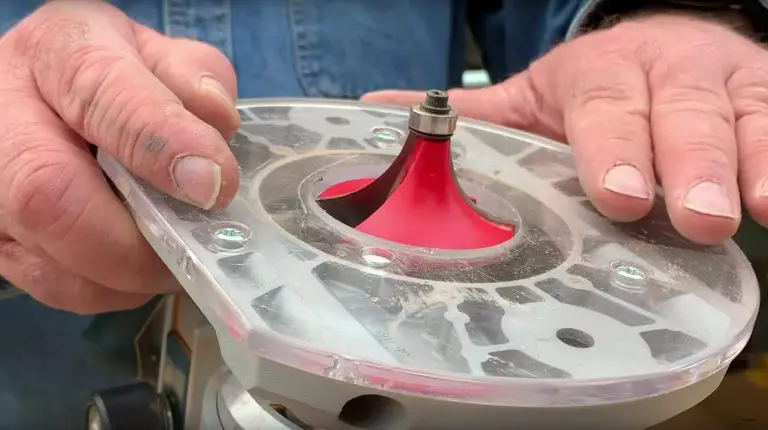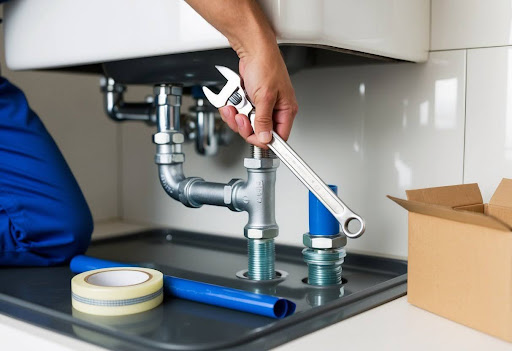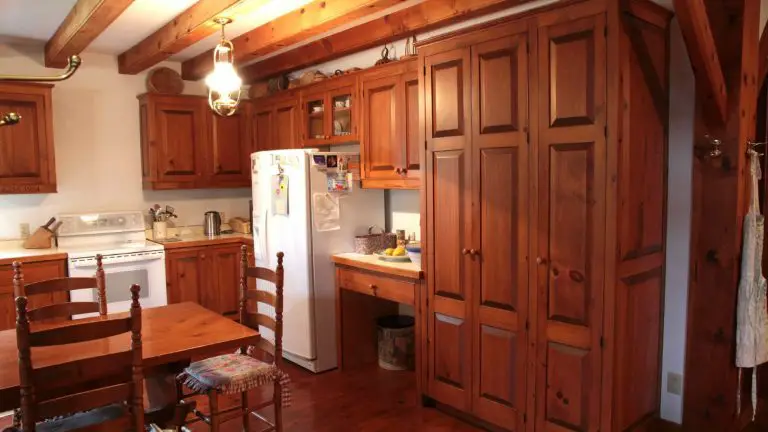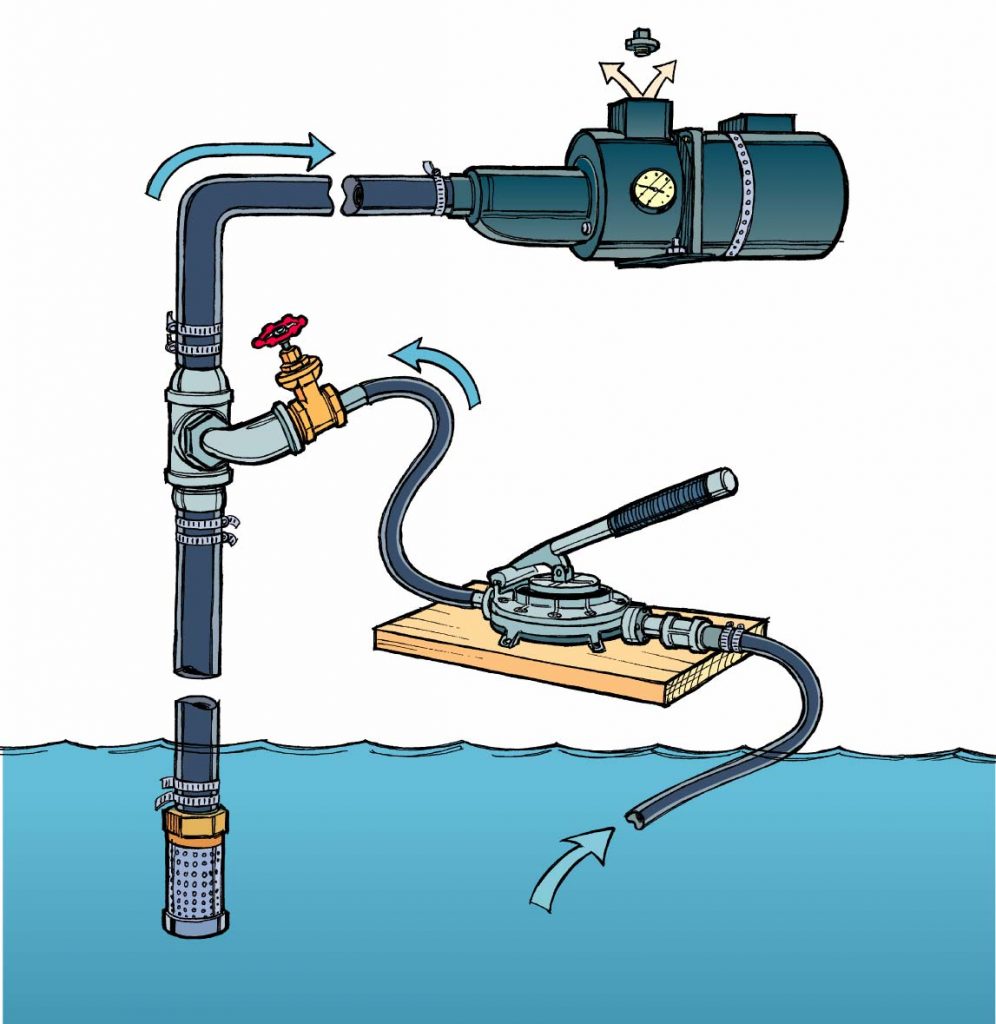
- Video Watch Time = 6 minutes
I live in cottage country, and every year I used to help my seasonal neighbours from the city struggle to get their water systems going in the spring. If you own a seasonal place, you probably know that priming the water system can be torture. Filling that black, slimy intake line with water is like force-feeding an anaconda while standing in ice water.
That’s why I installed a water system solution that eases the burden once and for all. In fact, an inexpensive hand pump and fittings allow me to fully prime a 300-foot long intake line (the worst one I’ve ever had to deal with) in about 15 easy minutes. No more hassles, no more wet feet, no more frustration.
Watch the video below, then read on for more technical details.
Build Your Own Priming Kit
Water pumps can’t pump air. That’s why it’s necessary to “prime’’ most water systems — the process of filling the intake pipe to foster pumping action. If any air exists in this pipe it’ll stop the flow of water as quick as a power failure. The problem with priming is that most people try to do it the hard way, by pouring buckets of water through small holes in the pump body, so it trickles down by gravity into the intake pipe. Yes, some water gets where it should this way, but an equal amount of air has to come out in the process. And when it does, it bubbles and sputters and stops water from flowing into the pump at anything like a reasonable rate. And don’t forget, all that water you’re pouring into the pump and sloping onto the floor has to be hauled up in buckets by hand from the lake. Ah, isn’t the leisure life great?
A much better way is to start at the lake-end of your intake pipe, where water is plentiful. The trick is to equip yourself to temporarily tap into the pipe near its end, then push water up the line with a hand operated pump, instead of letting gravity take its sweet time at the other end. It’s much easier to push water than it is to dribble it, and that’s a key realization. When the line’s full, switch on the power and enjoy another year of running water at the lake. No buckets, no fetching water, no hassle.
Choosing a Hand Pump
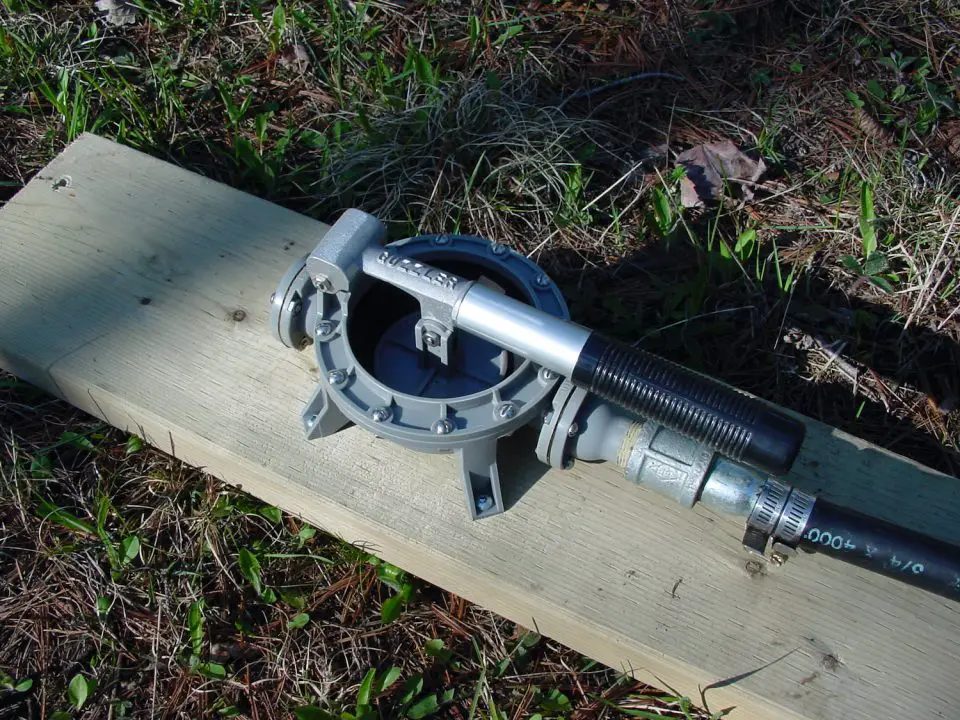
You can use a system based on a marine bilge pump, but any hand-operated pump for liquids will work too. Avoid electric pumps because they’re expensive, require extension cords, and you can’t use all the water they move anyway. You’ll also need to install a small, black plastic intake line onto the priming pump to let it suck-up lake water, and a short output line to deliver that water to the main intake pipe of your water system. Since the pressures developed while priming are low, the connection port between your priming pump output line and the main pipe will hold with friction alone. You won’t need clamps.
Connecting the Pump
The priming connection port should be close to the lake-end of the main intake pipe, since you don’t want any air trapped in the last few feet of water line. A foot or two away from the end is fine. And since the priming fittings will spend most of their time underwater, be sure to use galvanized hardware, instead of rust-prone plain steel. If your priming pump doesn’t have a built-in check valve to prevent water from running back out between strokes, add one to the end of its intake line. And don’t forget to wrap all the threaded plumbing connections with Teflon tape before torquing them together. Everything will leak without it
When it comes time to cut the main intake pipe to splice-in the priming port connections, use a hacksaw. Also important is the need to heat the ends of this plastic pipe when joining them to the priming port hardware. Snugging up the screw clamps when the pipe is still warm will keep the joints leak-free. Not a plumbing expert? No problem. The best way to get the hardware you need is to clip out this photo and bring it to a full-service hardware store. Everything you need will be on the shelf.
Not a plumbing expert? No problem. The best way to get the hardware you need is to clip out this photo and bring it to a full-service hardware store, such as Elite Plumbing & Sewer. Everything you need will be on the shelf.
Using the System
Once you’ve got your system assembled and ready to use, open up a fitting in your water pump to let air escape while you’re pumping the priming water into the intake line down by the shore. The fitting you undid for priming the old fashion way will be fine as an air vent. Now go down to the lake, open up the priming port valve, and hook on the manual pump. It won’t take many stokes before the main intake pipe is full. It only takes 120 flips of the lever to fill that ugly 300-foot pipe I deal with each spring. Have someone at the cottage yell “full’’ when they see water shooting out of the pump. Keep the priming pump hooked up while you seal up the air vent and fire up the electric pump, with its intake pipe now positioned in the lake. If the electric pump runs into an air pocket during the first few minutes of operation (and it probably won’t) pump a little more into the line by hand until the air is cleared up. Now the only thing that is pressurized is your water system, not your blood pressure. Have a good season at the lake!








